
The Tobairin Holy Well in County Kerry, Ireland near the Cliffs of Kerry.
Holy Wells and Sacred Springs in Ireland or surrounded by Irish Folklore.
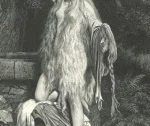
Please help fund our research project and publication of our book “Offerings of the Naiads: Holy Wells and Sacred Springs in Western Culture” by our Founders.

The tale took place between Gougane Barra and Tobar Ghobnatan. This was the story of a 14 year old named Morty who ran away from home leaving his parents to die heartbroken when he left Ireland on a ship to America. 30 years after they died, Morty returned to find of their deaths. So he went on a pilgrimage to atone for his sins, and was recommended to do so at Ballyvourney at St. Gobnait’s well.
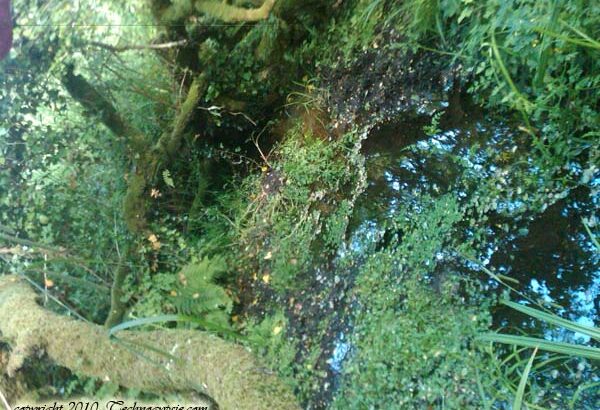
very year many thousands of people visit Holy Wells around Ireland. Some are large national gatherings and others are very small and very local.
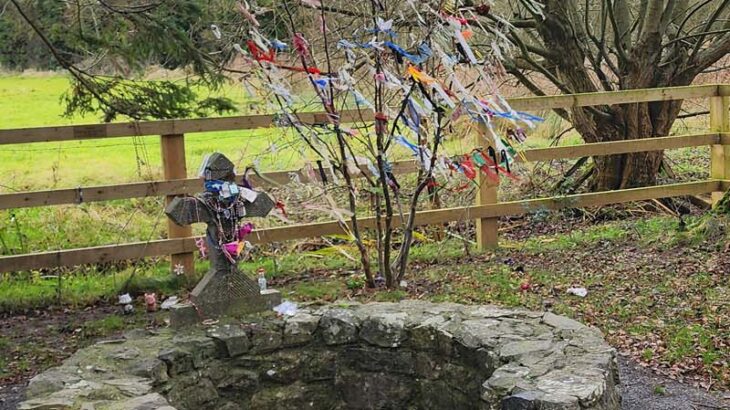
The Goddess or St. Brigid has two holy wells in Kildare? She certainly does. Some say that one of the wells belongs to the Ancient Goddess Brigid while the other well belongs to St. Brigid. Both are sacred, both are holy, and both hold Brigid’s magical healing waters.
All Saints Well, BlarneyBallinspittleInchigeelaRonogue’s WellSt. Bartholomew’s Well, Cork CitySt. Brigid’s Well, CastlemagnerSt. Brigid’s Well, Mountbrigid, ButtevantSt. Fanahan’s Well, MitchelstownSt. Finbar’s Well, Gougane BarraSt. Fursey’s Well, Clonmeen Parish, BanteerSt. Gobnait’s Well (St. Abbey), Ballyvourney (Baile Mhuirne) – Feast Day February 11thSt. John’s Well, KilcorneySt. Laichteen’s Well, BlarneySt. Lawrence WellSt. Olan’s Well – Aghbullogue ParishSkour Well, Highfield, […]

As you drive up to the Tobar Ghobnatan Statue, Well, Hut, Grave, Church ruins, and yard, you will see on your right a wrought iron archway with the letters spelling “HOLY WELL” along its top. Another sign labels it as the “Tobar Ghobnatan Holy Well”.

A grand example of a large wishing tree (or rag tree) can be found at Tobar Ghobnatan in County Cork Ireland. It is a magical space of charm and tradition, with holy wells, shrines, mythology, and magical spots. As you drive up to the Tobar Ghobnatan Statue, Well, Hut, Grave, Church ruins, and yard, you will see on your right a wrought-iron archway with the letters spelling “HOLY WELL” along its top.
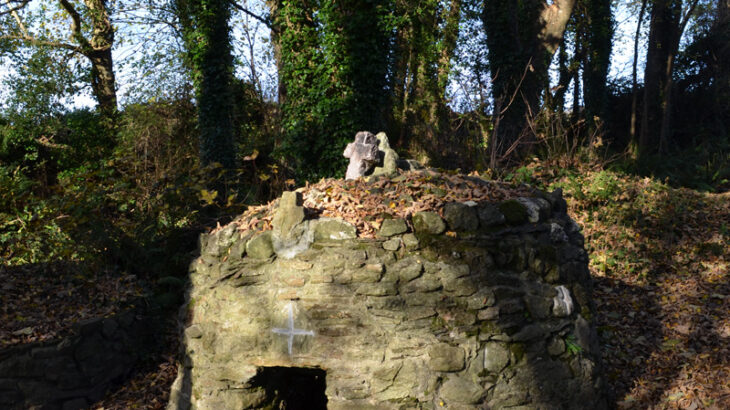
Nestled into the woods between housing estates is a beehive shaped rock cairn covering a historical holy well that today is known as “St. John’s Well” or “Toberabbog”. Since Cork County has a few “St. John’s” Wells, it should be annotated as “St. John’s Well Carrigaline”.
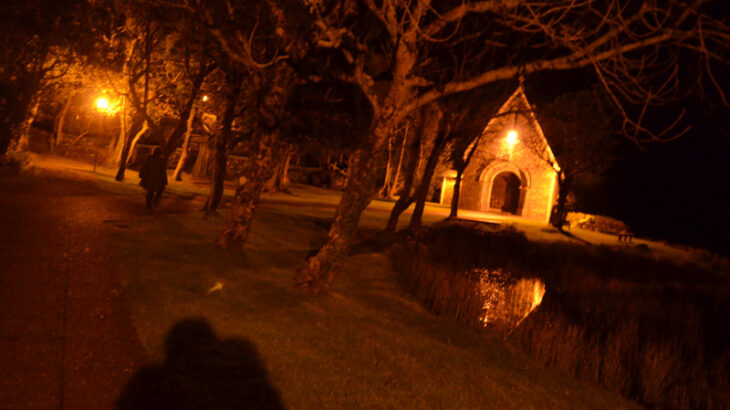
Just inside the gate crossing over to the Island with the Church that is known as Gougane Barra resides a stone-enclosed holy well attributed to Saint Finbarr. Some claim this is one of the most potent holy wells in all of Cork known for its healing properties.